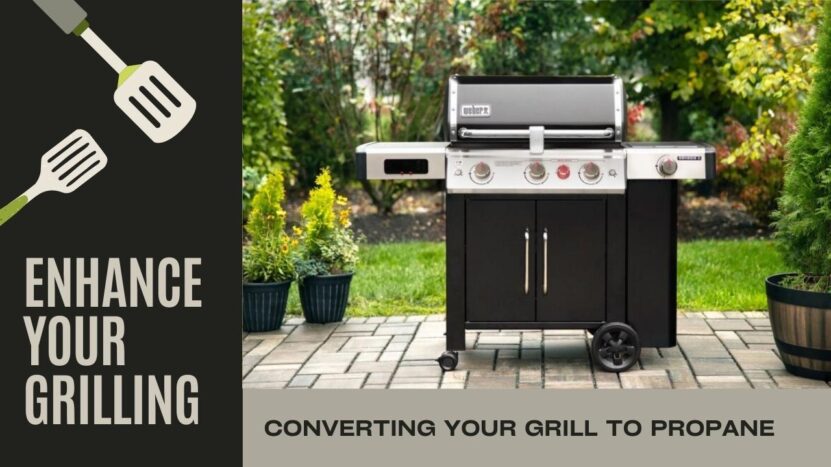When it comes to grilling, the type of fuel you use can significantly influence the flavor and overall cooking experience. But what if you want to change from one fuel type to another, say from natural gas to propane? This blog post will answer that question by delving into whether and how you can convert a natural gas grill to propane.
This guide is not just for DIY enthusiasts but also for anyone curious about how their grills work and who may need to make the switch someday. We will walk you through the science, the tools, the process, and the necessary precautions. Let’s dive in!
The Difference Explained: Natural Gas vs. Propane
Before we proceed to the conversion, it’s essential to understand the primary differences between natural gas and propane. Both are fossil fuels, and they are both gases in normal atmospheric conditions. However, they have distinct chemical compositions and properties, which influence their suitability for different applications.
Natural gas is mainly methane, and it is a lighter gas. It’s typically delivered to homes through a hardline or pipeline, making it a cost-effective option if you already have a gas line installed at your home. Natural gas is more environmentally friendly as it burns cleaner, releasing fewer greenhouse gases than propane.
On the other hand, propane is a heavier gas derived from both natural gas processing and crude oil refining. Unlike natural gas, propane is stored under pressure and is delivered in tanks. Propane grills are generally more portable because they rely on removable tanks for fuel. Propane also burns hotter than natural gas, which can be a plus for grilling.
Is It Possible to Convert a Natural Gas Grill to Propane?
The short answer is yes, you can convert a natural gas grill to propane. However, it’s crucial to note that the process is not a simple fuel swap. There are specific steps to follow, special equipment to use, and safety precautions to observe.
Most grill manufacturers design their products to use one type of fuel, either natural gas or propane, but some models can be converted with a conversion kit. You should always consult your grill’s manual or manufacturer to confirm whether your particular model can be safely converted.
Remember, although it’s possible to make the switch, it doesn’t mean it’s always advisable. The conversion should be done carefully and correctly to avoid risks like gas leaks or uneven heating. If you’re not confident in doing it yourself, consider hiring a professional.
Checking the Compatibility
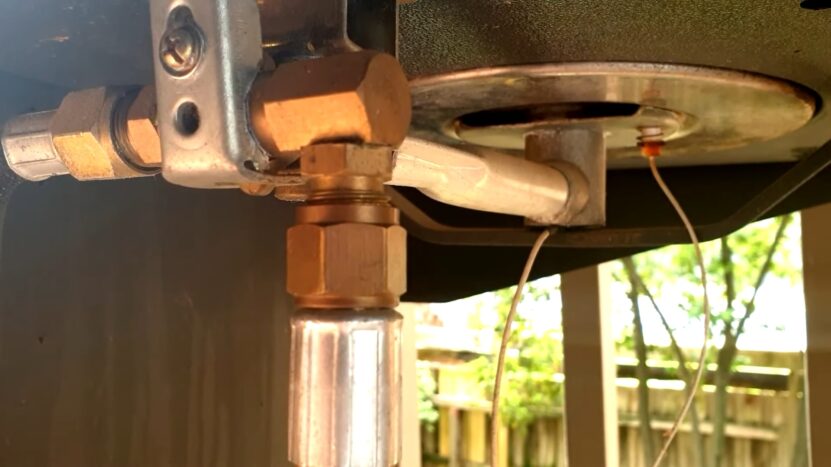
Before you start the conversion process, it’s crucial to check the compatibility of your grill with propane. As mentioned earlier, some grills are designed to use either type of fuel, but this isn’t always the case.
Check the user manual or contact the manufacturer to ensure that your grill can be converted. Additionally, check if a conversion kit is available for your particular model. These kits usually include everything you need to make the change, including detailed instructions.
If your grill can’t be converted or if a conversion kit isn’t available, it may be more practical and safer to buy a new propane grill. Always remember safety should be your top priority when dealing with gas appliances.
Gathering the Necessary Tools and Equipment
To convert your natural gas grill to propane, you’ll need some essential tools and equipment. This includes a conversion kit compatible with your grill model, an adjustable wrench, a screwdriver, and propane gas cylinders.
The conversion kit typically contains orifices (nozzles) for the burners and the gas hose, a new pressure regulator, and detailed instructions. The adjustable wrench and screwdriver will be used to remove and replace the old parts.
Ensure you also have personal protective equipment (PPE), such as safety goggles and gloves. Working with gas appliances can be risky, and it’s essential to protect yourself adequately.
Step-By-Step Guide: Converting Your Natural Gas Grill to Propane
The conversion process from natural gas to propane involves several steps. Below, we’ll provide a general overview of these steps but remember to always follow the instructions provided in your conversion kit and your grill’s manual for the most accurate information.
- Step 1: Shut off the natural gas supply to your grill, disconnect the gas line, and remove the grates and burners.
- Step 2: Replace the natural gas orifices with the ones from your conversion kit.
- Step 3: Install the new gas hose and pressure regulator from the conversion kit.
- Step 4: Reinstall the burners and grates, connect the propane tank, and slowly open the tank valve to allow gas into the grill.
Ensure you’re working in a well-ventilated area throughout the process and have a fire extinguisher nearby in case of emergencies.
Precautions to Take During the Conversion Process
Safety should always be your primary concern when converting your grill from natural gas to propane. Here are some precautions to consider during the conversion process:
- Always work in a well-ventilated area: Gas build-ups can cause explosions. Ensure you are outdoors or in a well-ventilated area where gas can disperse quickly.
- Turn off the gas supply: Before starting the conversion, ensure that the gas supply is shut off to prevent gas leaks.
- Don’t rush the process: Take your time to read and understand the instructions in your conversion kit. If you’re unsure about anything, it’s best to call a professional.
Common Challenges and Troubleshooting Tips
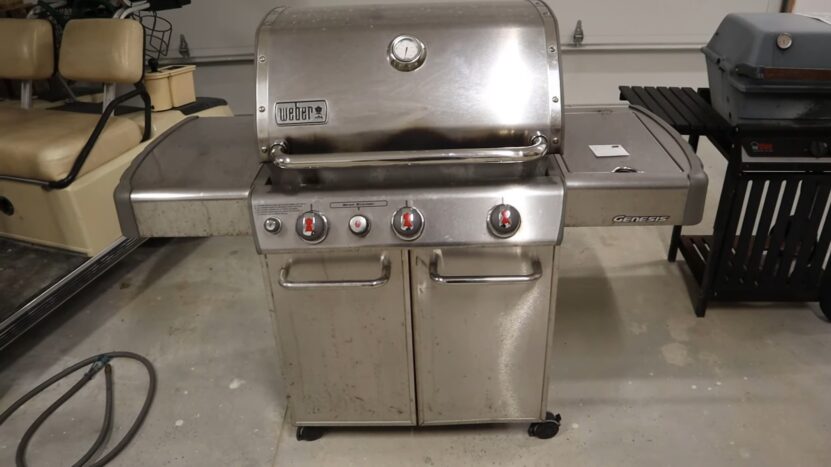
Converting a grill from natural gas to propane can present some challenges. These might include difficulties in locating the right conversion kit, removing old parts, or adjusting the new ones.
If you encounter a problem, don’t panic. Refer to the troubleshooting section of your grill’s manual or contact the manufacturer for assistance. Remember, safety comes first, so if you’re unsure, don’t hesitate to call a professional.
Another common issue after conversion is uneven flame or heating. This problem can be due to incorrectly installed orifices or a problem with the gas pressure. If the flame appears yellow or orange instead of blue, this indicates incomplete combustion and could mean that the pressure needs adjusting.
Adjusting Gas Pressure and Burner Settings for Propane
After the conversion, it’s important to adjust the gas pressure and burner settings for propane. Propane has a higher pressure than natural gas, so the regulator’s setting that worked with natural gas will likely need to be adjusted.
Typically, the conversion kit’s instructions will guide you on how to adjust the settings. However, if you’re not comfortable doing this yourself, a professional can help ensure everything is set correctly for safe and efficient grilling.
Don’t Forget the Regulator: Upgrading for Propane
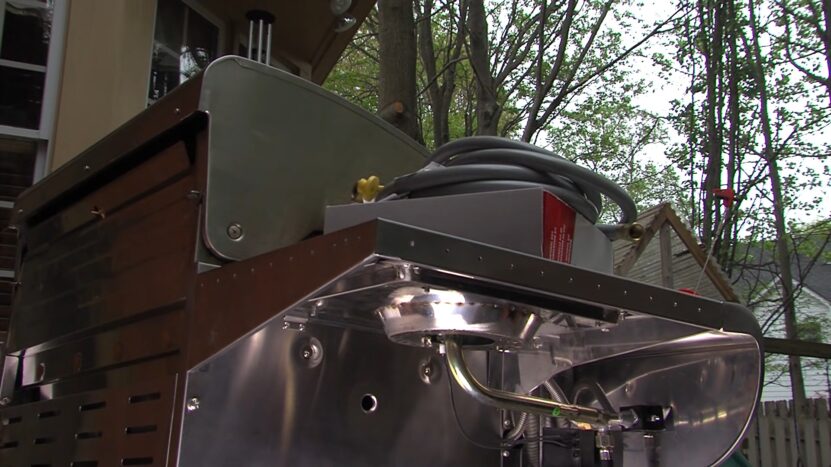
The gas regulator is an important part of the conversion process. This device controls the pressure of the gas coming out of the propane tank. Given that propane is stored under higher pressure than natural gas, you’ll need a regulator designed for propane to ensure it’s safely reduced to the correct pressure for your grill.
The regulator is usually included in the conversion kit. Make sure you install it correctly, according to the provided instructions. Incorrect installation can lead to gas leaks or inefficient combustion, so if you’re unsure, call a professional.
Properly Testing and Inspecting Your Converted Grill
After you’ve converted your grill and made the necessary adjustments, it’s time to test it. First, perform a leak test. Apply soapy water to the connections and turn on the gas. If you see bubbles forming, this indicates a leak, and you’ll need to shut off the gas and tighten the connections.
Once you’re sure there are no leaks, light the grill and observe the flame. It should be blue with a small yellow tip. If the flame is mostly yellow or orange, this indicates incomplete combustion and means you’ll need to adjust the gas pressure or the air intake.
Maintenance and Tips
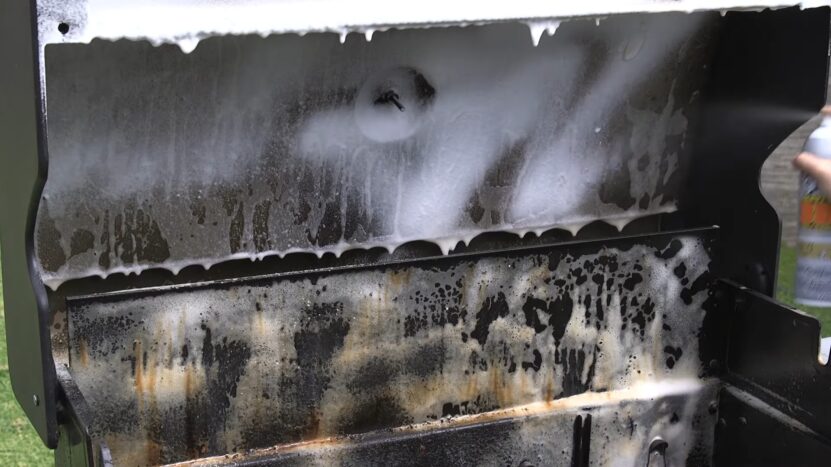
Maintaining your converted grill will ensure it stays in good working order and lasts a long time. Regularly check for leaks, clean the burners and grates, and ensure the propane tank is in good condition.
Store your propane tank properly when not in use. It should be kept upright, in a well-ventilated area, away from heat sources and extreme temperatures. Also, never store spare propane tanks indoors.
In the case of malfunctions or if you smell gas, shut off the propane tank immediately and call a professional.
Closing Thoughts
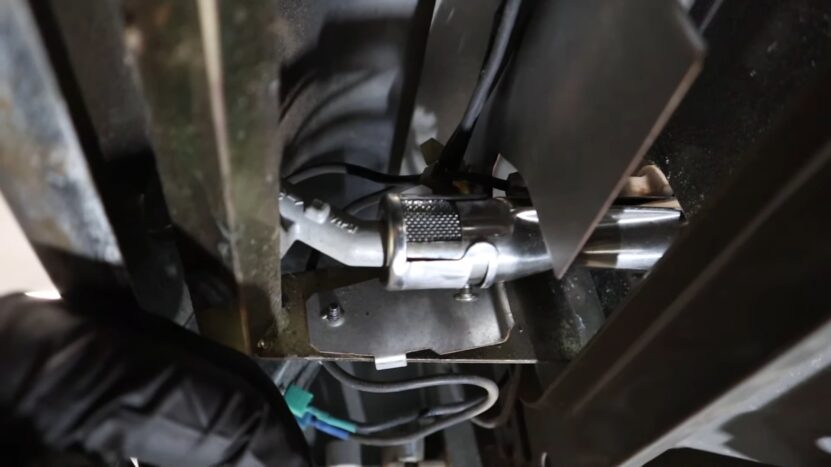
Converting your natural gas grill to propane is possible, but it requires careful attention to detail and adherence to safety protocols. Whether you’re doing it yourself or hiring a professional, understanding the process can help ensure you end up with a safely converted, efficient grill.
Remember, if you ever feel uncomfortable or unsure at any point in the conversion process, don’t hesitate to reach out to a professional. Safety should always be the top priority when dealing with gas appliances.
If you want to know how to connect a gas grill to a house propane line click here.

